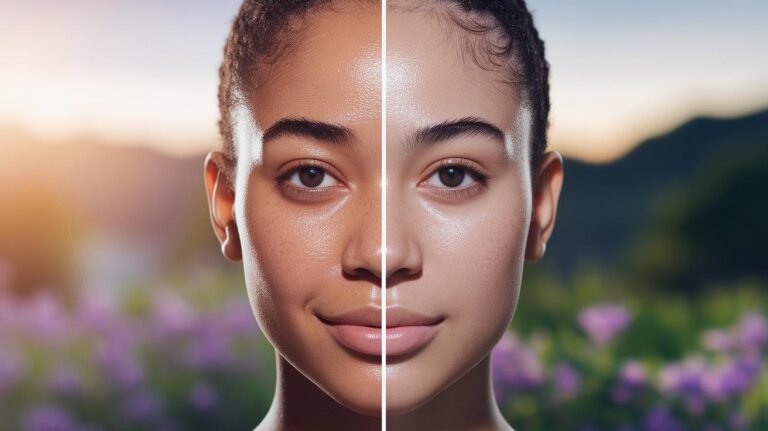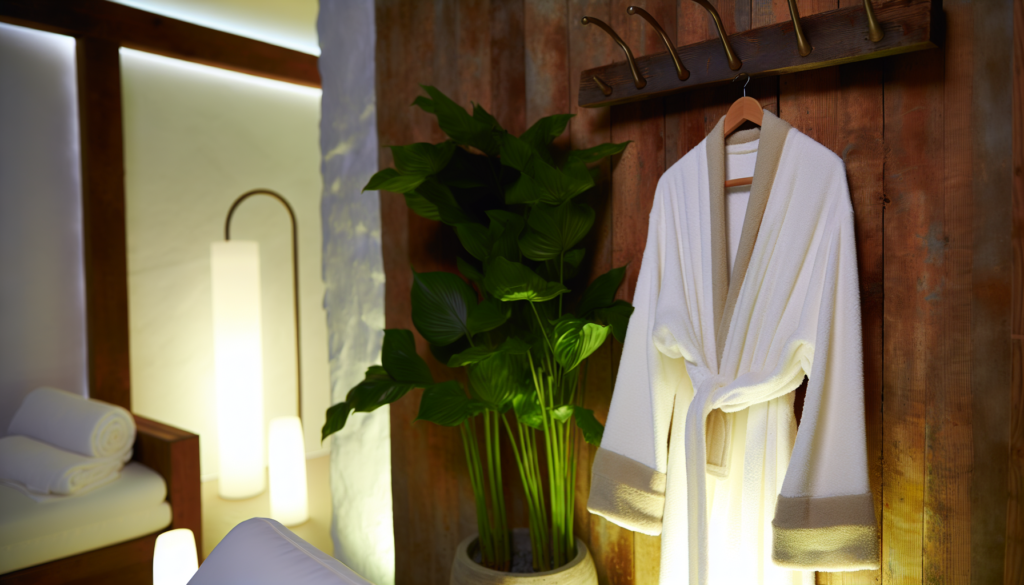Finding the right skincare routine can feel like solving a complex puzzle, especially when your skin seems to have a mind of its own. Whether you’re dealing with flaky patches that never seem to go away or a constant shine that appears by midday, understanding your skin type is the foundation of effective skincare. The battle between dry skin vs oily skin isn’t just about appearance—it’s about health, comfort, and confidence. Let’s explore the unique characteristics of each skin type and discover personalized care strategies that will help you achieve that coveted healthy glow.
Understanding Your Skin Type: The Basics
Before diving into specific routines, it’s important to correctly identify whether you have dry or oily skin. Many people actually misdiagnose their skin type, leading to years of using the wrong products!
Signs You Have Dry Skin
Dry skin lacks natural oils and moisture, which creates several telltale symptoms:
If you’re constantly reaching for moisturizer throughout the day and makeup seems to cling to dry patches, you’re likely in the dry skin camp.
Signs You Have Oily Skin
Oily skin produces excess sebum, leading to:
The upside? Oily skin typically ages more slowly, with fewer visible wrinkles in later years!
Morning Skincare Routine for Dry Skin
Your morning routine sets the foundation for how your skin behaves throughout the day. For dry skin types, hydration is your best friend.
Gentle Cleansing
Skip harsh, foaming cleansers that strip away natural oils. Instead, opt for cream or oil-based cleansers that clean without disrupting your skin barrier. Lukewarm water is better than hot, which can further dehydrate skin.
Layer Your Hydration
Think of moisturizing dry skin like making a sandwich—multiple layers work better than one thick one:
Sun Protection Is Non-Negotiable
Dry skin is often more vulnerable to environmental damage. Choose a moisturizing sunscreen with at least SPF 30, preferably with added antioxidants for extra protection against free radicals.
Morning Skincare Routine for Oily Skin
The goal for oily skin in the morning is to control shine without stripping your skin of all its natural moisture.
Balanced Cleansing
Use a gentle foaming cleanser with ingredients like salicylic acid or tea tree oil to remove excess oil and unclog pores. Contrary to popular belief, harsh cleansers that leave your face feeling “squeaky clean” can actually trigger more oil production!
Lightweight Hydration
Yes, oily skin needs moisturizer too! Choose oil-free, non-comedogenic formulas:
Mattifying Sun Protection
Look for oil-free, mattifying sunscreens that won’t contribute to midday shine. Products labeled “for acne-prone skin” are usually good options.
Evening Skincare for Dry Skin
Nighttime is repair time for dry skin, when you can layer on richer products without worrying about makeup application.
Double Cleansing Method
Start with an oil-based cleanser to remove makeup and sunscreen, then follow with a gentle cream cleanser to clean the skin itself without stripping moisture.
Treatment Products
Evenings are perfect for active ingredients that help repair dry skin:
Lock In Moisture
Finish with a richer night cream than you’d use during the day. Consider applying a thin layer of occlusive balm or sleeping mask to very dry areas to seal in all your treatments.
Evening Skincare for Oily Skin
Nighttime is when oily skin can benefit from slightly more active treatments that help regulate oil production and prevent breakouts.
Thorough Cleansing
Double cleansing is beneficial for oily skin too—use a cleansing oil or micellar water first (yes, oil removes oil!), then follow with a gentle foaming cleanser.
Active Treatments
Evening is ideal for ingredients that can help manage oil production:
Balanced Hydration
Use a lightweight, non-comedogenic moisturizer. Gel formulas containing hyaluronic acid provide hydration without heaviness.
Special Considerations
Combination Skin
Many people have combination skin, with an oily T-zone but dry cheeks. The solution? Zone treatment! Apply different products to different areas based on their specific needs.
Seasonal Changes
Your skin type isn’t necessarily fixed forever. Many people need heavier products in winter and lighter options in summer, so be prepared to adjust your routine with the seasons.
Stress and Hormonal Factors
Both stress and hormonal fluctuations can temporarily change your skin’s behavior. During these times, focus on gentle, calming ingredients and consider adjusting your routine accordingly.
Ingredients to Look For
Dry Skin Heroes
Oily Skin Saviors
Understanding the distinct needs of dry skin versus oily skin is the first step toward achieving healthy, balanced skin. Remember that consistency is key—your skin needs time to adjust to new products and routines. By tailoring your skincare approach to your specific skin type and concerns, you’ll be well on your way to your most radiant complexion yet. Don’t be afraid to consult with a dermatologist for personalized recommendations, especially if over-the-counter solutions aren’t delivering the results you want. After all, beautiful skin isn’t just about vanity—it’s about nurturing your body’s largest organ for both health and confidence.







